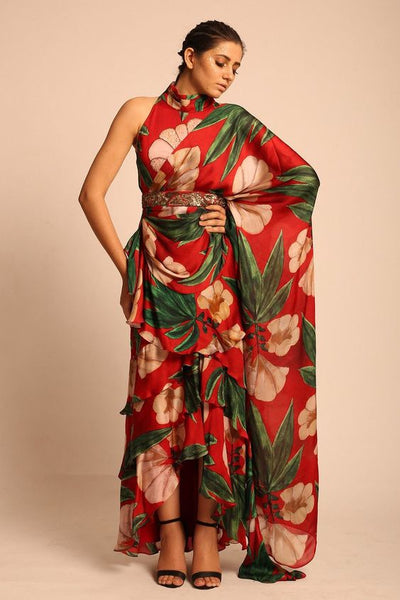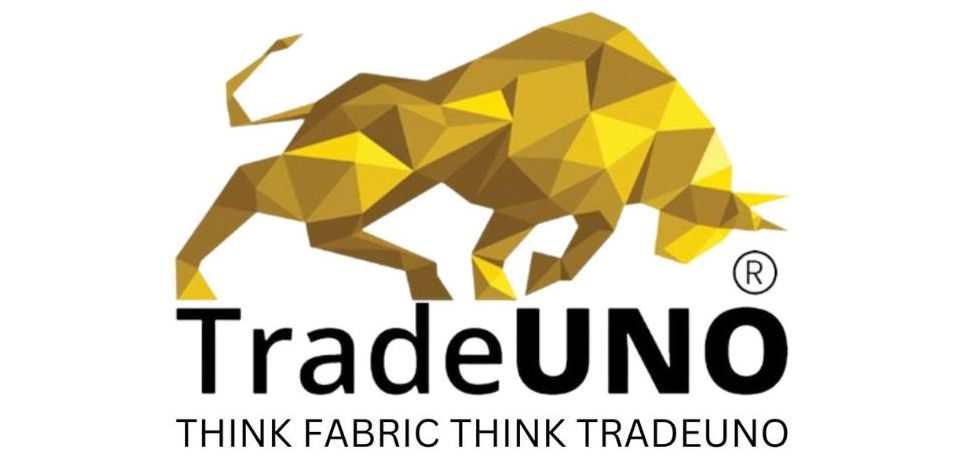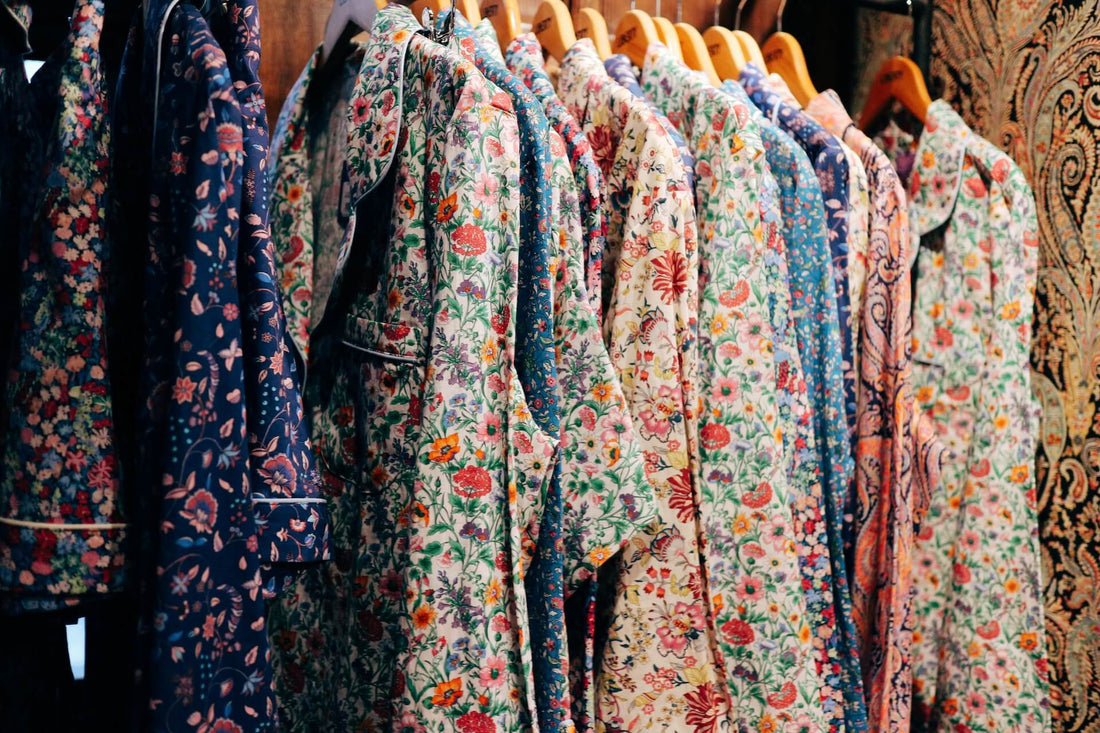The world of fabric design has undergone a remarkable transformation over the years, moving from traditional handcrafted techniques to the cutting-edge methods of today. This evolution has been characterized by boundless creativity and relentless innovation, reshaping how we think about and create fabrics. Now, we find ourselves at the brink of a new era in fabric design, driven by the remarkable capabilities of digital printing technology.
The Advent of Digital Printing Technology
Digital printing technology has ushered in a new era in fabric design. This revolutionary innovation has unfolded a canvas of fresh possibilities, pushing the boundaries of creativity, efficiency, and sustainability within the textile industry. In this blog, we embark on a journey to explore the profound and positive impact of digital printing technology on fabric design, uncovering how it has revolutionized this age-old craft.
Explanation of Digital Textile Printing
Digital textile printing is a modern technique that has redefined the way we imprint designs onto fabric. It entails the direct application of digital designs onto fabric using specialized inkjet printers. Unlike traditional methods, which involve complex steps and often result in wastage, digital printing allows for the precise application of high-resolution designs directly onto the fabric surface. This technological marvel has opened up a world of creative possibilities for fabric designers and manufacturers.
Comparison with Traditional Printing Methods
When compared to traditional printing methods like screen printing or rotary printing, digital textile printing emerges as a beacon of innovation. It eliminates the need for screens, plates, or rollers, drastically reducing setup time and costs. Moreover, digital printing offers unparalleled precision, enabling the creation of intricate, photorealistic designs that would be otherwise unattainable.
How Digital Printing Technology Works

Digital textile printing is a remarkable process that infuses artistry and precision into the realm of fabric design. The journey begins with crafting a digital design, which is then transformed into a compatible digital file using specialized software.
Every step is meticulously executed, from preparing the fabric to optimize ink absorption to employing a sophisticated inkjet printer to apply ink droplets with incredible accuracy, replicating the design. The outcome is a true masterpiece, adorned with vibrant colours, intricate patterns, and even photorealistic images, all of which were once a challenge to achieve using traditional printing methods.
The hallmark of this technology lies in its precision and unwavering accuracy, ensuring that the original design is faithfully mirrored on the fabric. Following the printing process, a crucial curing phase takes place to ensure that the ink forms a strong bond with the fabric fibres, ensuring long-lasting colourfastness and washability. Additional finishing touches, such as washing or enhancing the fabric's texture, bring out the final brilliance in the printed fabric. This results in a remarkable achievement in textile printing, granting designers and creators the power to breathe life into their visions with unparalleled detail and customization.
Positive Impact of Digital Printing on the Fabric Industry
1.Creative Freedom and Versatility
Digital printing technology empowers designers with boundless creative freedom. They can experiment with intricate patterns, a myriad of vibrant colours, and unique textures, transforming their artistic visions into tangible, stunning fabric designs. This newfound versatility has allowed for a level of personalization and artistic expression previously unseen in the textile industry.
2. Reduced Environmental Footprint
Unlike traditional printing methods, digital textile printing has a minimal environmental footprint. It significantly reduces water usage, chemical consumption, and energy expenditure. This environmentally conscious approach aligns perfectly with the growing sustainability concerns in the fashion and textile industries, where textile printing is a prominent process.
3. Faster Turnaround Times
Digital printing eliminates the complexities associated with setup and multiple production steps. Consequently, it yields remarkably faster turnaround times, a boon for time-sensitive projects demanding rapid production. Designers and manufacturers can now respond quickly to changing trends and customer demands.

4. Cost-Efficiency
While the initial investments in digital printing technology might appear substantial, the cost per print is significantly lower for smaller runs compared to traditional methods. This cost-efficiency is especially beneficial for small businesses and independent designers, democratizing the world of fabric design.
Read more: Guide to Fabric Swatches: A Must-Have for Fashion Designers
5. Improved Detail and Resolution
Digital printing sets a new benchmark for detail and resolution. It ensures that even the most intricate designs are reproduced on fabric with impeccable precision. This elevated quality enhances the visual appeal and overall quality of textile products, making them more attractive to discerning customers.
6. Access to Global Markets
The digital printing revolution extends its influence to global markets. With the ability to produce small quantities of custom-designed fabrics, designers and manufacturers can cater to niche markets and reach a global audience with culturally inspired and unique designs. This democratization of the textile industry fosters diversity and creativity in fabric design.
7. Sustainability in Fashion
Sustainability has emerged as a paramount concern in the fashion industry. Digital printing contributes significantly to sustainability by minimizing waste, conserving resources, and enabling eco-friendly practices such as on-demand production and the use of environmentally conscious inks. It aligns perfectly with the eco-conscious mindset of today's consumers.
8. Collaboration with Artists and Designers
Digital printing technology fosters collaboration between textile manufacturers and artists or designers. This collaborative synergy often results in exclusive, limited-edition fabric collections that appeal to discerning clientele seeking unique and culturally inspired designs. It bridges the gap between art and fashion, creating a fusion of creativity and style.
Future Trends and Innovations of Digital Printing Technology

Predictions for the Future of Digital Fabric Printing
The future of digital fabric printing is a canvas of exciting promise. Anticipated advancements include increased printing speed, enhanced colour accuracy, and greater compatibility with an even wider range of textiles. The rise of personalized, on-demand printing services is likely to cater to consumers' desires for tailor-made fabrics, making every garment a unique piece of art.
Emerging Technologies and Their Potential Impact
Emerging technologies, such as 3D printing and nanotechnology, are poised to reshape the fabric design landscape further. These innovations may introduce novel textures, functionalities, and interactive elements into textiles, unlocking a realm of boundless creative expression. Imagine fabrics that change colour with a touch or have built-in sensors for health monitoring – the possibilities are endless.
Sustainability Advancements in Digital Printing
Sustainability remains at the forefront of digital printing technology's evolution. Anticipated innovations include eco-friendly inks, waterless printing processes, and advanced recycling techniques for digital textile waste. These developments promise a more sustainable future for the textile industry, where eco-conscious consumers can enjoy stylish products with a clear conscience.
Conclusion
Digital printing technology has ushered in a new era of boundless creativity and sustainability in fabric design. Its impact resonates throughout the textile and fashion industries, offering creative freedom, environmental responsibility, cost-efficiency, and rapid production capabilities. As we look ahead, digital printing technology continues to evolve, shaping the future of fabric design with innovations that push the boundaries of creativity and redefine what is possible.
It's an exciting journey for designers, businesses, and consumers alike—an opportunity to embrace a technology that empowers individuality, unleashes creativity, and champions sustainability in the captivating world of textiles. Textile printing, in particular, has been revitalized and transformed by the digital age, ushering in a new era of possibilities for designers and manufacturers alike.
Frequently Asked Questions on Digital Printing on Fabric
1. On which fabric can we do digital printing?
Ans: Digital textile printing works on both natural and synthetic fabric grounds, including silk, cotton, polyester, nylon, canvas, chiffon, voile and more. The key is using fabrics with surfaces compatible with colour inks and heat press transfer.
2. What advantages does the digital printing process offer to the fabric development process?
Ans: It allows quicker design turnaround, unlimited colour and repeat variability, easier sample development, economically smaller batch production, reduced design theft risk and on-demand customization aligned with fast fashion retail models.
3. Which is better: digital printing or screen printing?
Ans: Digital printing excels at frequently changing image designs without added setup costs, while screen printing suits longer high-volume production runs yet takes more time to prepare frame screens per motif.
4. How does digital fabric printing work?
Ans: Special printers feed the fabric through regulated inkjet or laser-jet-based systems to receive and set full-colour digital image and pattern transfers orchestrated by digital design software loaded per unique motif.
5. Is digital printing on fabric eco-friendly?
Ans: It depends on ink chemistry and fabric choice, but water-based inks and printable natural fibre/organic fabrics with coordinating sustainable dye practices help minimise its ecological footprint.
 Call Us
Call Us
